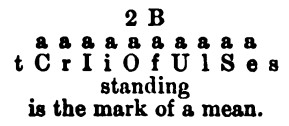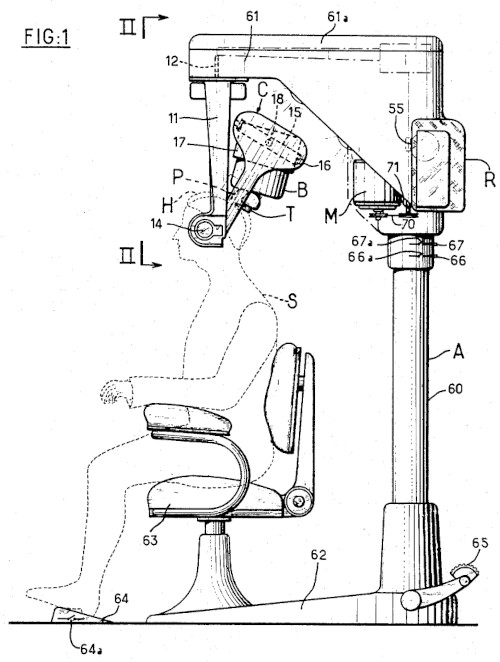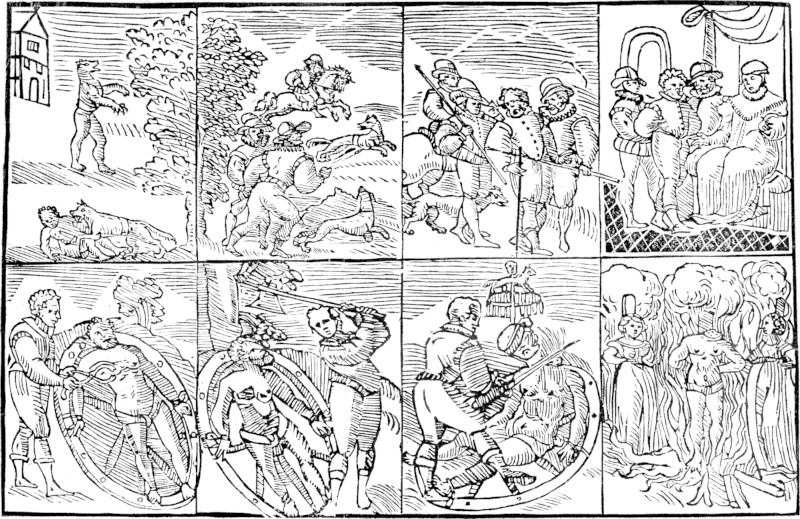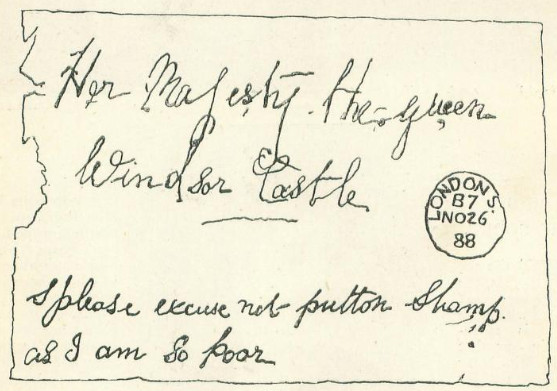
Diagnosed with terminal melanoma at 50, Phoebe Snetsinger resolved to devote her remaining time to watching birds. Between 1981 and 1999, as her cancer went periodically into remission, she visited every continent several times over, traversing jungles, swamps, deserts, and mountains and surviving malaria, a boat accident, abduction in Ethiopia, and rape in Papua New Guinea. In 1995 she became the first person to see 8,000 species of bird, and in time she extended the list to 8,398, nearly 85 percent of the world’s known species. She died in 1999 when her van overturned during a birding trip in Madagascar. The last bird she’d observed was a red-shouldered vanga, a species that had been described as new to science only two years previously.
In her memoir, Birding on Borrowed Time, she wrote, “When I was given my death sentence by the doctors, one of my immediate reactions that I clearly remember was ‘Oh no — there are all those things I haven’t yet done, and now will never have a chance to do.’ … The preparation and primarily the birding itself, plus the record keeping afterwards, all enabled me to forget the threat to my life (or at least push it aside) and to immerse myself totally in what I was doing.”







